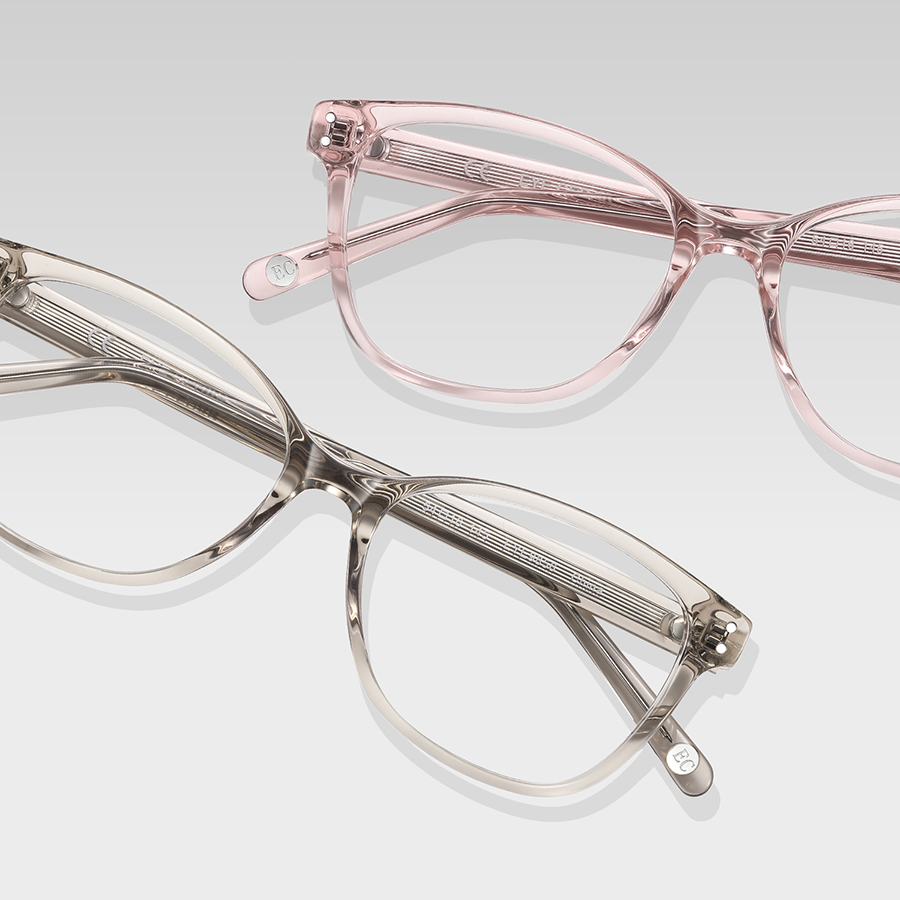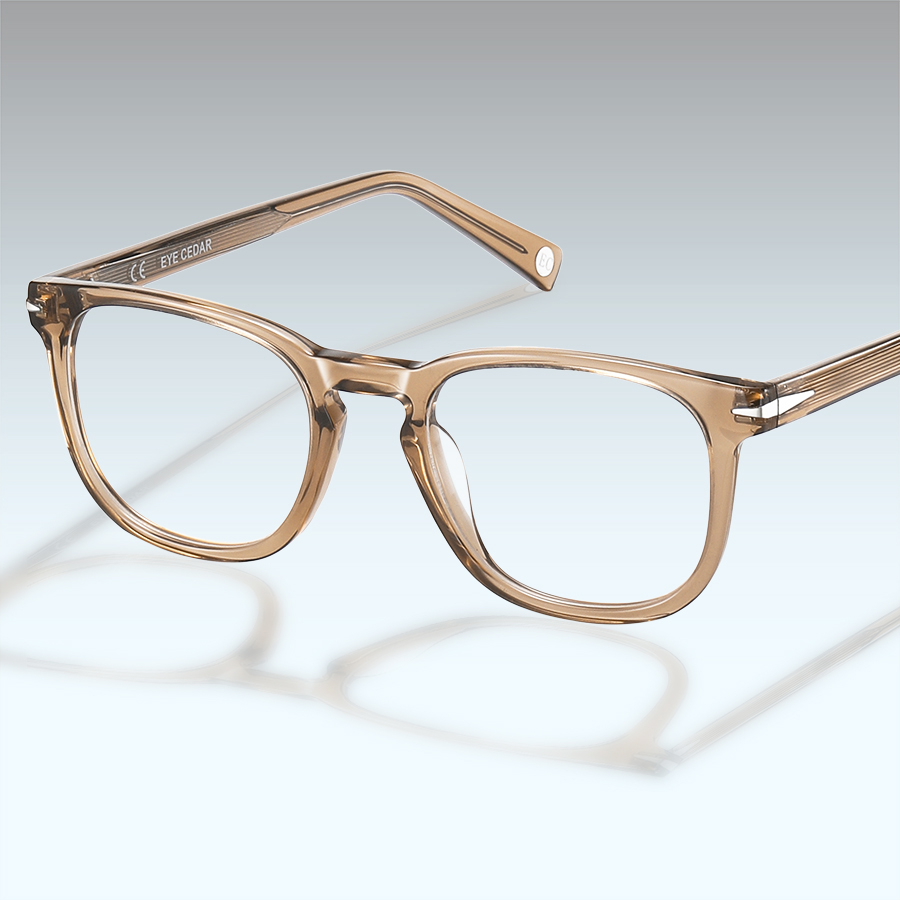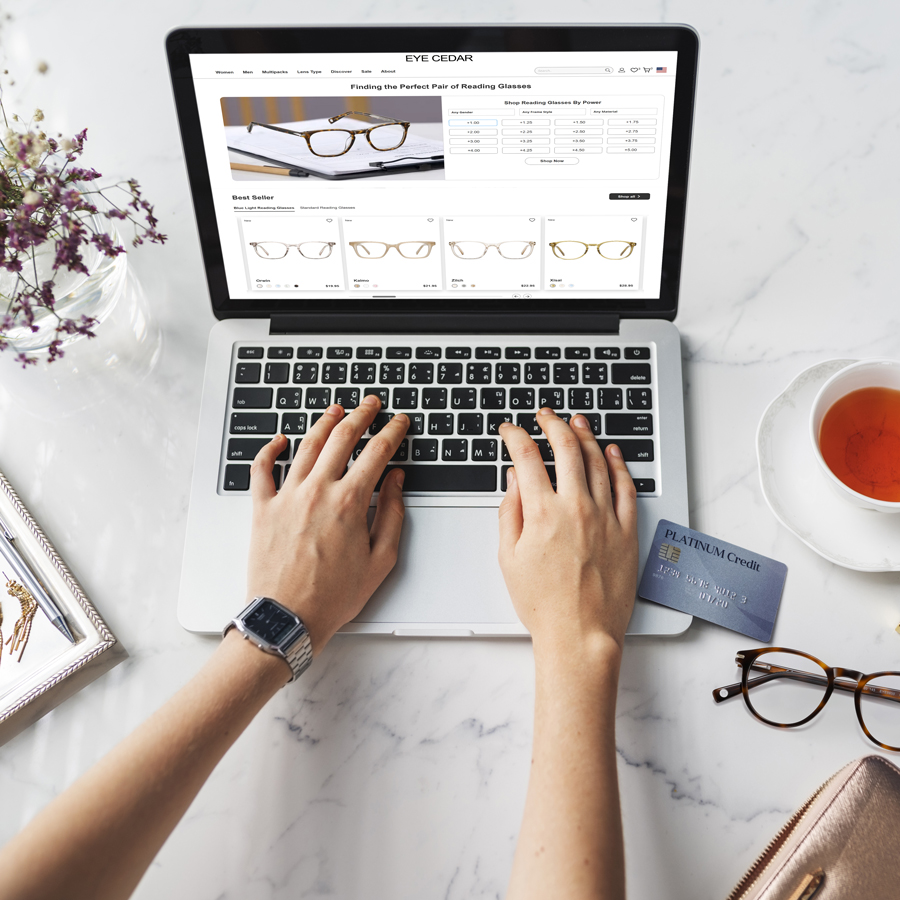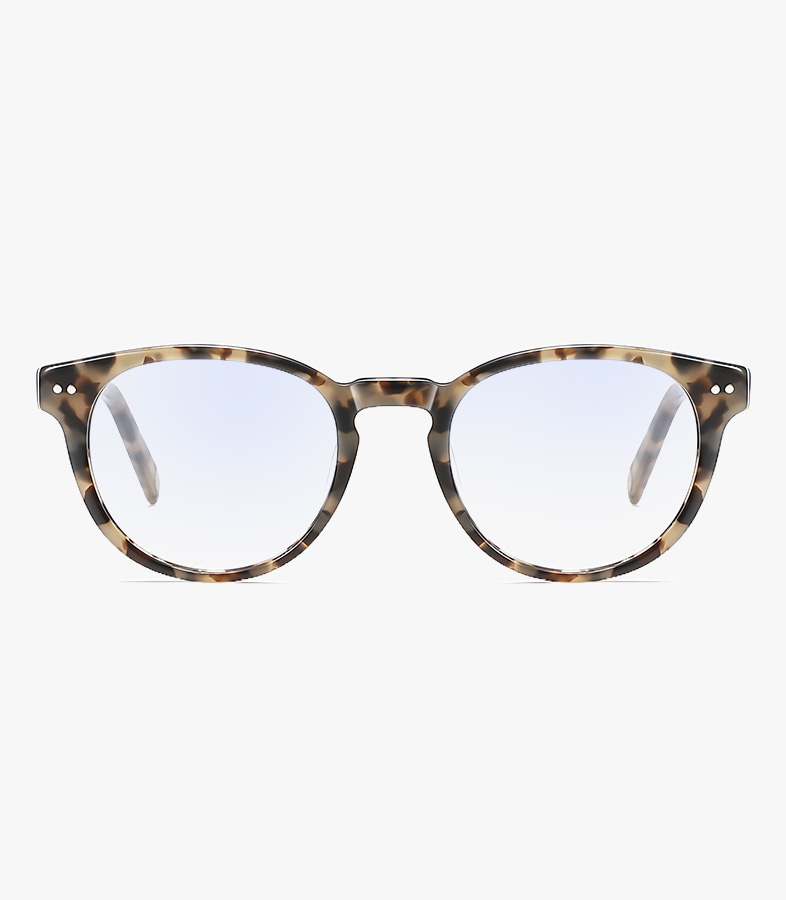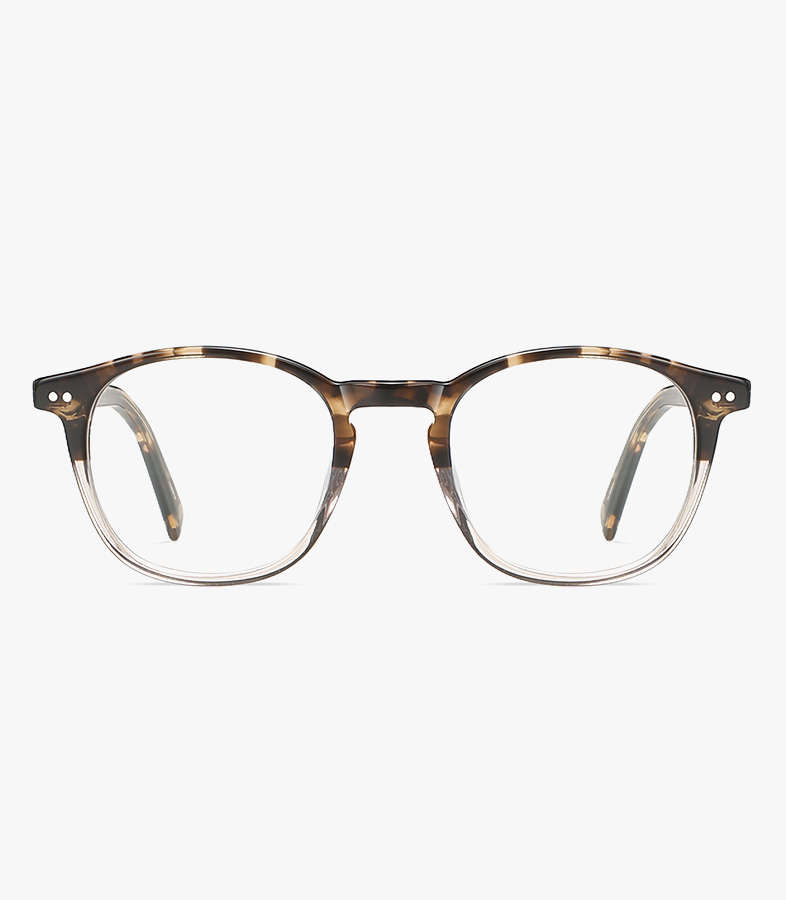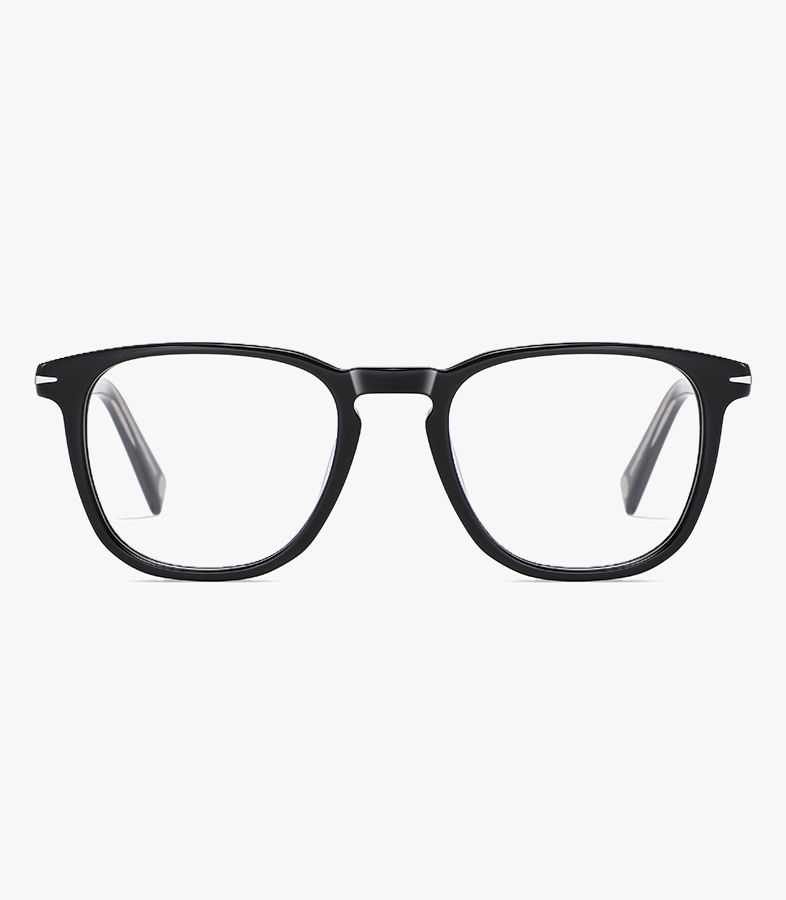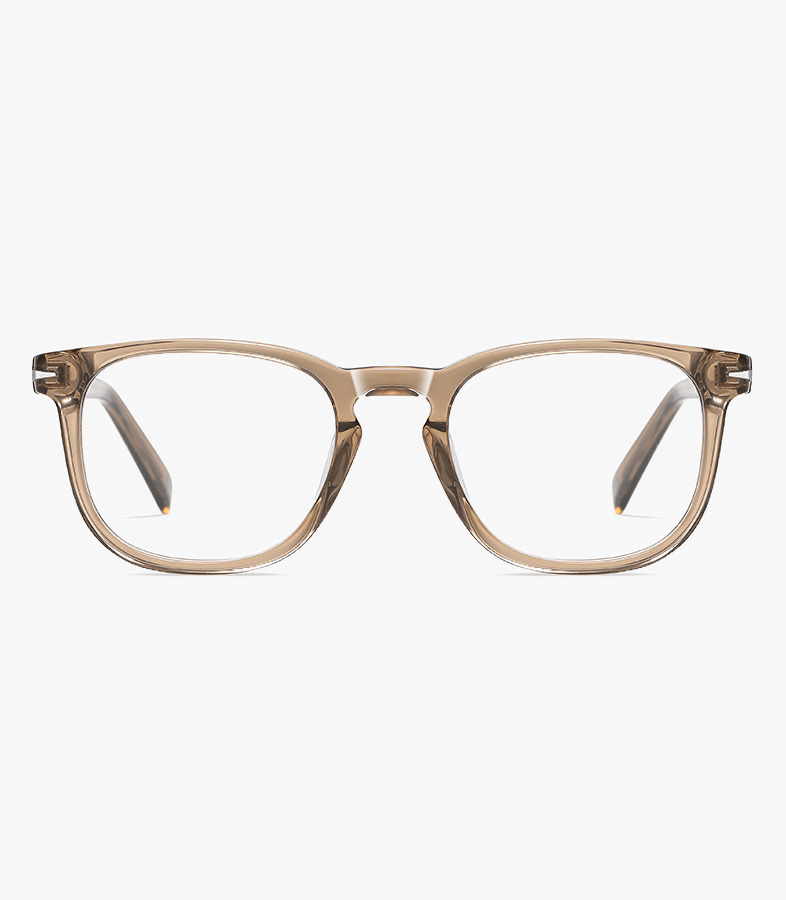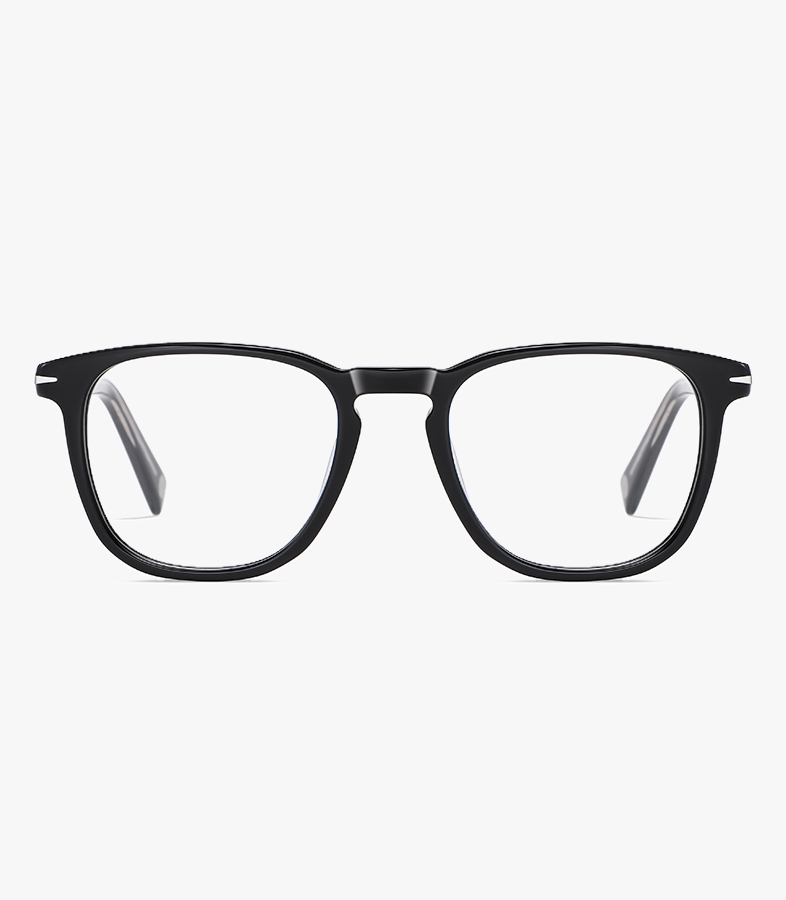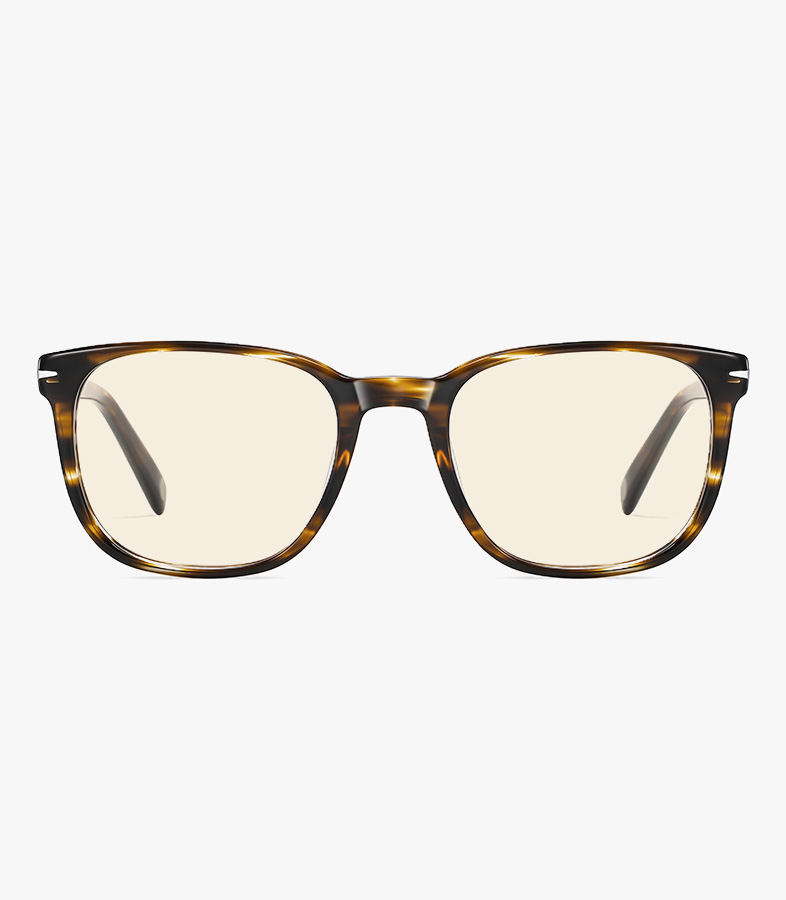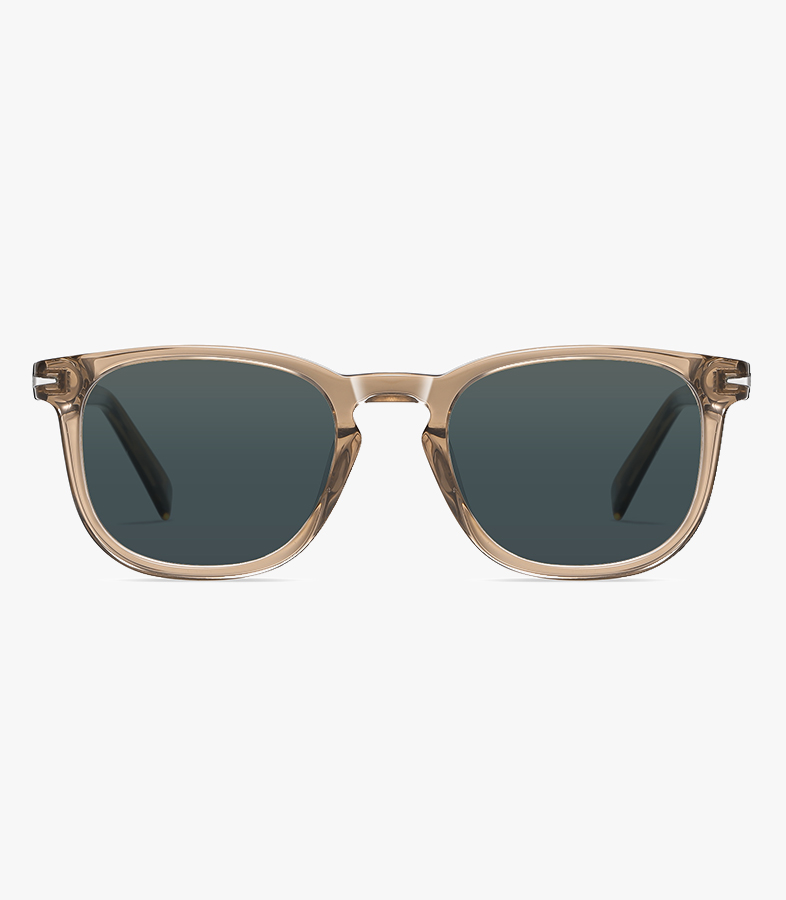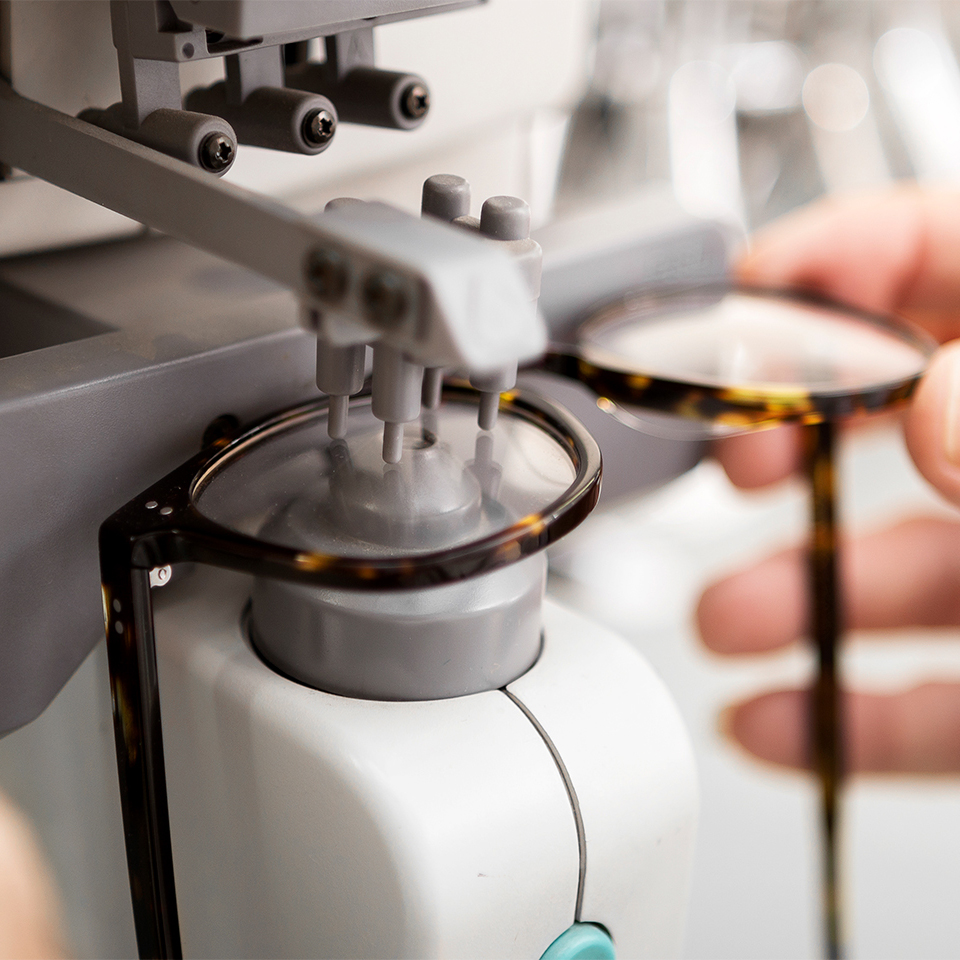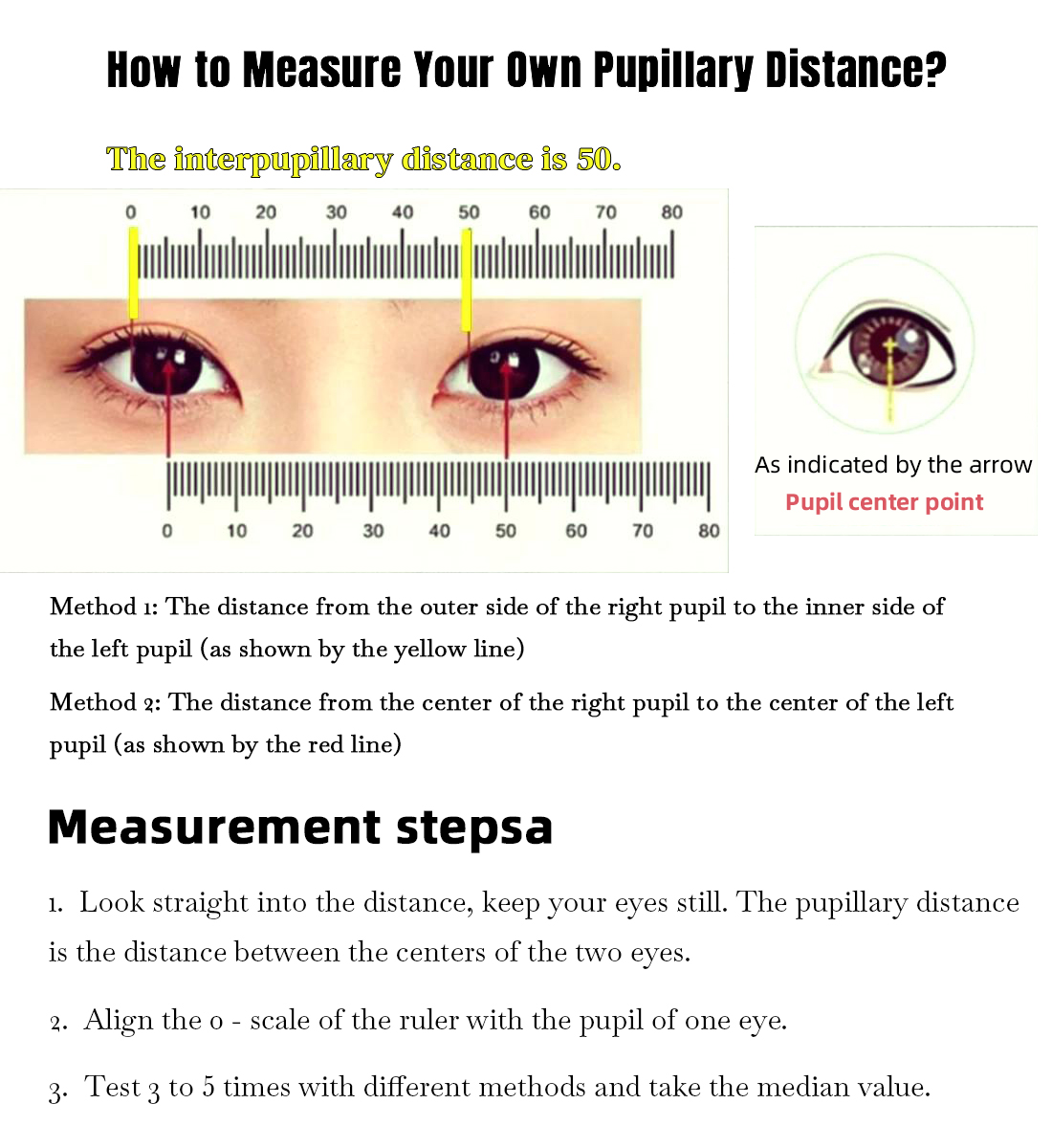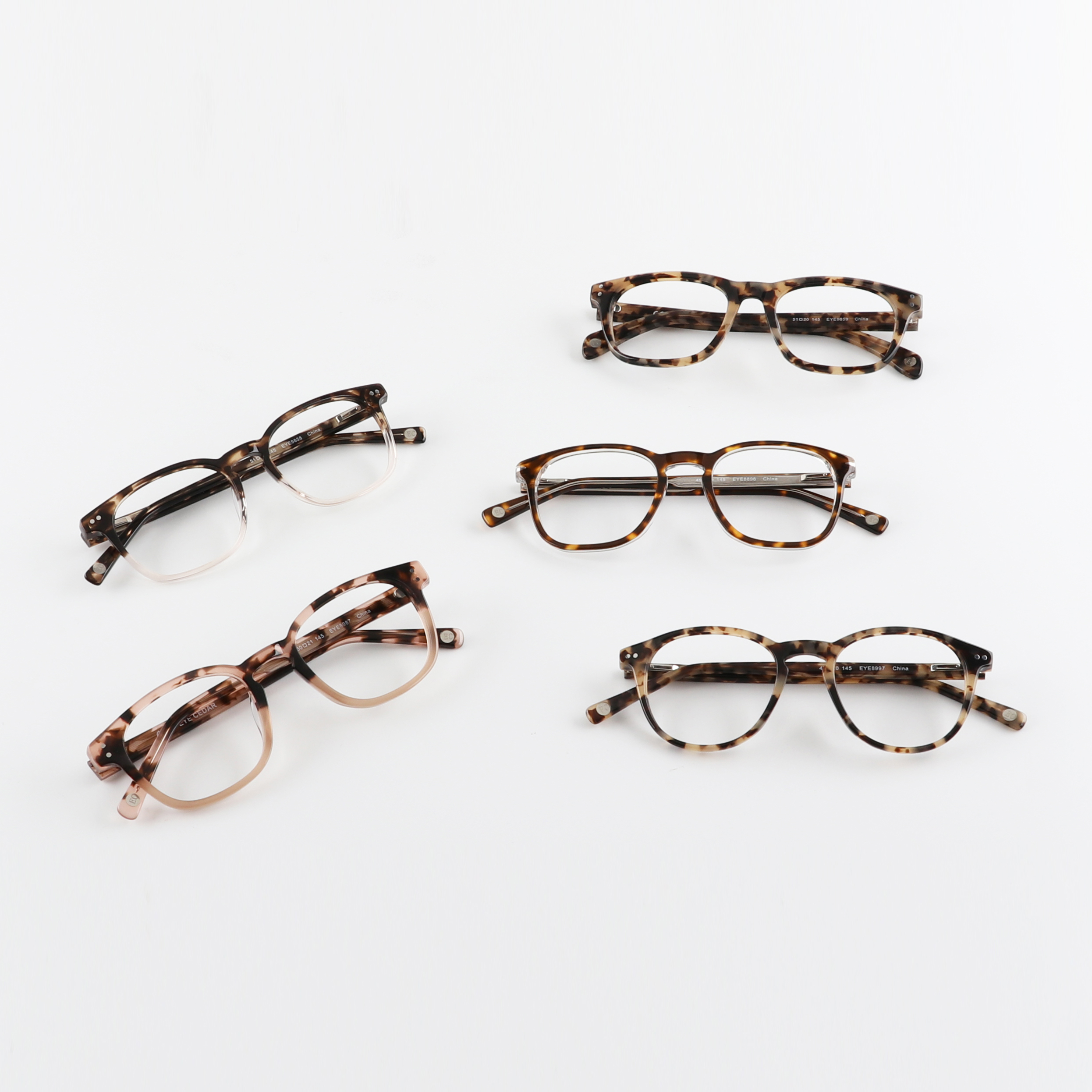Pupillary distance, in simple terms, is the distance between the pupils of the two eyes. When normal people look at the same object with both eyes, the object is imaged on the retinas of both eyes respectively and overlapped in the visual center of the brain to form a complete, three - dimensional single object. This function is called binocular single vision. However, during the formation of binocular single vision in infants and young children, it is very easy to be affected by external factors, causing one eye to focus on the target while the other eye deviates and cannot look at the same target, thus leading to strabismus. In medicine, when the eyeball turns inward when looking at an object, it is called esotropia, which is commonly known as "cross - eyed".






